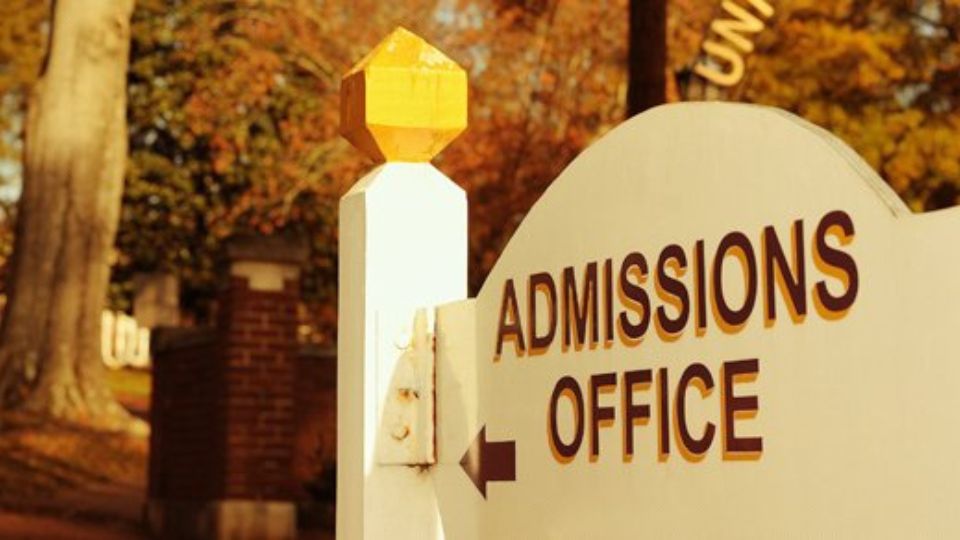
Click on the play button to listen to the audio version.
On Friday, the Supreme Court of the United States ruled that colleges could no longer consider race as a factor in admissions policies. The following is my statement on the ruling.
Today’s action by the US Supreme Court to eliminate affirmative action for college admissions is a setback for those that support efforts to address past discriminatory practices and ethnic wealth and prosperity gaps. With America rapidly becoming a majority-minority country, the economic well-being of our diverse communities will be directly tied to the overall prosperity of our nation.
There would be no need for affirmative action in college admissions if every young person had equal access to safe housing, healthcare, and quality educational resources during their formative years. Unfortunately, that is not the case. I hope that Harvard and other elite colleges also eliminate the practice of providing admission preferences to children of past graduates, known as legacies, and consider a complete overhaul of their admissions policies, including incorporating a new set of metrics in the admission process that look beyond grades and test scores and are more predictive of academic success.
We live in a merit-based society that rewards innovation and hard work. That is what makes America great. However, organizations like NAHREP are also committed to eliminating unnecessary barriers and creating a more level playing field where people from all backgrounds have a fair chance to succeed and prosper. Our work is far from complete and we will continue to develop products and programs that make that goal a reality.
On the surface, the ruling doesn’t sound that crazy. After all, when it comes to our rights and our ability to access opportunities, most of us endeavor for a color-blind society where race is as insignificant as the color of our hair. However, most people don’t understand how college admissions actually work. They think that because of affirmative action, Harvard and other colleges and universities are admitting unqualified Black and Hispanic students to fill some sort of quota, but that is not true.
Even at the most prestigious universities such as Harvard, grades and test scores are not the only factors. If that were the case, every student at Harvard would have near-perfect GPAs and SAT scores. However, that is not the case. When my son was a high school student, he was a recruited basketball player. In the summer before his senior year, he was invited to attend a basketball camp at the University of Chicago. UOC is one of the most prestigious colleges in the nation with a 6% admission rate. The head basketball coach explained to my son and the other student-athletes that Chicago receives 30,000 applications each year, and of those 30,000, approximately 18,000 have the academic credentials to succeed at UOC. However, the school can only admit 1,200 freshmen each year. This means that less than 10% of qualified applicants will be offered admission to the university. The coach stated that the admission committee allows him to tag four recruited basketball players for admission each year. He added that as long as the four recruited players were part of the 18,000 that meet admission standards at UOC, he had the power to grant them admission. Admission committees at the top colleges and universities strive to build a student body that mirrors the best of our society, and they all consider a wide range of factors.
Top colleges and universities only offer admission to students that meet admissions standards, but also consider whether the applicants bring something of value to the student body beyond academic success. They do not offer admission to students who aren’t qualified, regardless of their race or basketball skills. In my son’s case, it was his skill as a basketball player that was his differentiator, but many other skills, talents, and attributes are considered. Colleges strive for a student body that is diverse in many ways. They want students from across the country and the world, as well as a variety of socioeconomic backgrounds. Prior to the Supreme Court decision, admission committees were allowed to consider race as part of an overall evaluation. Race is part of who we are. Yes, trying to rectify past discrimination was part of the reasoning, but it was more than that. Beyond providing opportunities to students whose parents’ and/or grandparents’ lives were likely impacted by state-sponsored racism, there is no question that a student body comprised of a diversity of cultures and perspectives adds positively to the social and academic experience for all students. The most prestigious colleges in America will continue to strive for diversity, as long as it’s not racial diversity. That’s unfortunate.
It doesn’t matter where you fall in this argument. In all fairness, I think there is a reasonable case to be made on both sides. But I want to dispel the myth that each year, people are admitted to Harvard and other prestigious colleges and universities who don’t deserve to be there. Harvard’s graduation rate is 97.1%. They all deserve to be there. Grades and test scores are not absolute; an A at one school is not the same as an A at another school. They are also not a perfect predictor of success. If they were, every CEO in America would have been a valedictorian at their high school, and I can assure you that is definitely not the case. Hard work, grit, and overcoming obstacles are far more indicative of high achievement than grades and test scores. These are qualities that are quite common in Black and Hispanic students across America.
